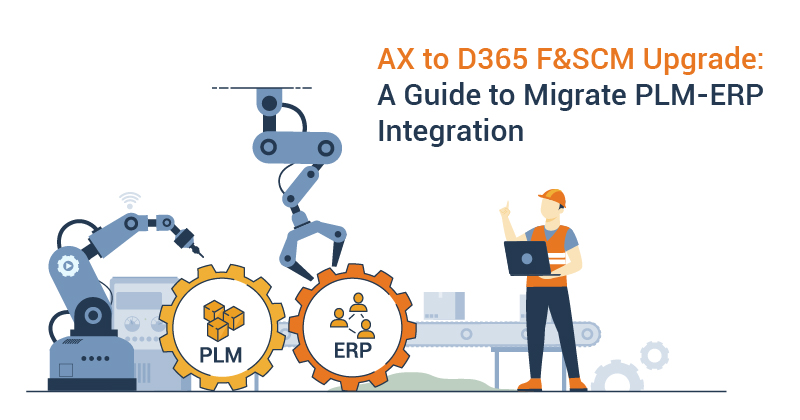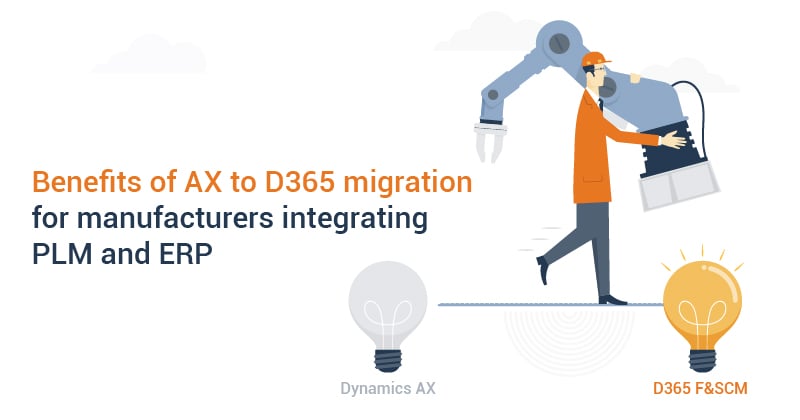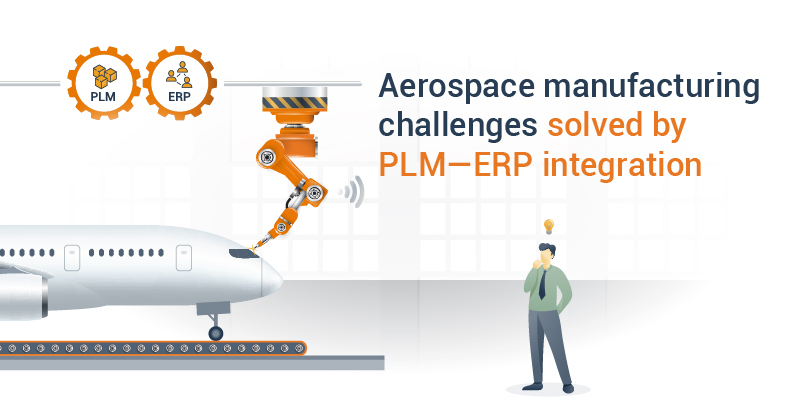Let us start with a definition of discrete manufacturing. As opposed to process manufacturing, which depends on formulas or recipes, discrete manufacturing involves the production of products that have components that can be touched, has a bill of materials, assembles linearly, has processes including joining, attaching, fixing, assembling, etc.
Today discrete manufacturing companies are digitally transforming their business not only to keep up with the competition but also to ease their operations, ensure coordination, improve agility, and become innovative. However, finding the right solution for your discrete manufacturing business has to be done with care. Your discrete manufacturing solution should not only support all the needs you have, but it should also sync with your ERP. However, that is not all; you need to consider many factors to select the right solution.
Here is the process you need to select the right solution for your discrete manufacturing requirements:
Check off some essentials: There are some features that comprise the hygiene factors, and you need to ensure that these are part of any solution that you select. These include barcode scanning, product lifecycle management (PLM), and materials requirement planning (MRP). Barcode scanning enables the tracking of parts and supplies through the inventory cycle. Click here to learn how to select the right scanning devices. PLM helps in documentation of the product history and allows a single source for all product-related data. MRP helps in the forecast, requirement planning, pricing, and fulfillment of bill of material requirements.
Define the requirements of your business: When you opt for a discrete manufacturing solution, it changes the way you work, but it also requires a lot of changes and adjustments in the way your organization works. The idea behind this step is to find the discrete manufacturing solution that works the best for the way your company’s processes work rather than the most popular or the most cost-effective. The idea is to consider a solution that will work for the unique needs of your business and will require not much in terms of IT cost or coding support.
Consider long-term factors: Discrete manufacturing companies often make the mistake of picking out a solution that suits their current needs. And this can result in siloed information or fractured information residing in several systems when the business grows in terms of the products, locations, and markets. It is best to look at empirical records to get an idea of the growth trajectory of your business and studying the market trends to look at probable changes and then select the discrete manufacturing solution that works for the current needs of your business as well as the likely future needs.
Look at the return on investment: A discrete manufacturing solution is an investment and that too, not only in terms of the capital. You will have to invest time and resources to implement and deploy the solution successfully. It is most likely that a team of people from your manufacturing team, product development team, and operations team would be involved in the process. You need to weigh the investment, the costs of implementation, and the opportunity costs of the team working on it against the benefits. It is a detailed analysis and would show you the long-term benefits of your investment in the discrete manufacturing solution.
Study the steps in your process cycle: This step ties in with the first step but goes a bit deeper. Your manufacturing processes have a certain cadence and rhythm, and while the right solution can optimize these, it is crucial to select a solution that does not disrupt it too much. Make sure that any discrete manufacturing solution that you select is compatible with the general way of working that your company follows. For instance, the integration of PLM and ERP, which can be vital for the delivery of quality products to customers without compromising on costs. Click here to learn about the challenges of a manufacturer due to lack of visibility into its operations.
Learn about the solution provider: Your discrete manufacturing solution provider is going to be your partner in the success of the implementation, deployment, usage, configuration, training, and updates. Carry out thorough due diligence before you proceed further. Ask for testimonials and references from your vendor and talk to these companies. Check out their social media posts to collect informal feedback on your solution provider. Do check on the kind of continued support and training they will provide to your team.
Only after you have gone through all the steps described above, would you be in a position to select the right discrete manufacturing solution for your business.




